
Introduction
Cyanide-containing wastewater is generated from various industrial processes such as gold mining, electroplating, and chemical production. Due to the high toxicity of cyanide, improper discharge of this wastewater can cause severe environmental pollution and harm to human health. Therefore, the treatment and resource recovery of cyanide-containing wastewater have become crucial issues. Among the treatment methods, Acidification Recovery of Sodium Cyanide and heavy metals is a widely used and effective approach, which not only reduces the environmental risk but also realizes the recycling of valuable resources.
Principle of Acidification Recovery
Conversion of Cyanide to Hydrogen Cyanide (HCN)
In the acidification process, strong acids like sulfuric acid are added to the cyanide-containing wastewater. Under acidic conditions, free cyanide ions in the wastewater transform into hydrogen cyanide (HCN). Hydrogen cyanide is a volatile compound. When the pH of the wastewater is adjusted to a low value, usually below 2. the reaction is more likely to proceed, facilitating the conversion of cyanide ions into HCN gas.
Recovery of Sodium Cyanide
The generated HCN gas is then introduced into an alkali absorption tower. Inside the tower, it reacts with a sodium hydroxide (NaOH) solution. As the reaction proceeds, sodium cyanide (NaCN) is formed and accumulates in the absorption solution. When the concentration of NaCN in the solution reaches around 10% - 12%, it can be recycled and reused in relevant industrial processes, such as the leaching process in gold mining.
Release and Precipitation of Heavy Metals
Besides free cyanide, the wastewater often contains complexes of heavy metals and cyanide, like those of copper and zinc. Under acidic conditions, these complexes break down. Once the heavy metal ions are released, they can form insoluble salts and precipitate under specific conditions. For example, adjusting the pH value or adding certain precipitating agents can cause copper ions to form precipitates.
Process Steps
Step 1: Wastewater Pretreatment
The alkaline cyanide - containing high - concentration wastewater first passes through a steam heat exchanger to control its temperature. Typically, the temperature is kept within the range of 20 - 25°C. This temperature control helps optimize the subsequent reaction rate and ensures the stability of the process. The concentration of cyanide in the high - concentration wastewater generally ranges from 5000 - 5500 ppm, and the pH value is between 10.5 - 12.5.
Step 2: Acidification
The pre - treated wastewater is fed into an acidification spray tower at a certain flow rate, for example, 2 m³/h. Then, concentrated sulfuric acid is added. The amount of sulfuric acid added is adjusted according to the characteristics of the wastewater, generally 25 - 30 kg/m³, to lower the pH value of the wastewater to less than 2. The heat released during the addition of sulfuric acid can speed up the reaction, making it easier for free cyanide ions in the wastewater to turn into volatile HCN.
Step 3: HCN Generation and Separation
In the strongly acidic environment of the acidification spray tower, the conversion of cyanide to HCN is promoted. The formed HCN gas is then drawn by a vacuum centrifugal fan and enters the next stage - the alkali absorption tower. At the same time, as the pH value decreases, some heavy metal ions in the wastewater start to change. For instance, the concentration of copper ions in the wastewater may drop, and some heavy metals begin to form precipitates.
Step 4: Absorption and Recovery of Sodium Cyanide
The HCN gas enters the alkali absorption tower and is absorbed by a 20% - 30% NaOH solution. The alkali absorption liquid in the tower is recycled, and during the recycling process, a fan is used to ensure the HCN gas is absorbed repeatedly. As the absorption reaction continues, the concentration of NaCN in the absorption liquid gradually increases. When the NaCN concentration reaches 10% - 12%, it can be returned to the leaching process for reuse, thus achieving the recovery of Sodium cyanide.
Step 5: Heavy Metal Precipitation and Separation
For the wastewater after the release of HCN, since some heavy metal - cyanide complexes have been broken down under acidic conditions, further treatment can be carried out to precipitate heavy metals. For example, adjusting the pH value of the wastewater to an alkaline range can form heavy metal hydroxides that precipitate. Then, solid - liquid separation methods such as filtration or sedimentation can be used to separate the precipitated heavy metals from the wastewater, achieving the removal and recovery of heavy metals.
Advantages of the Acidification Recovery Method
Resource Recycling
The acidification recovery method can effectively recover sodium cyanide from cyanide - containing wastewater, which can be reused in relevant industrial processes, reducing the consumption of new sodium cyanide and lowering production costs. At the same time, heavy metals can also be recovered, turning waste into valuable resources.
Cost - Effectiveness
Compared with some other treatment methods that only focus on destroying cyanide, the acidification recovery method not only treats the wastewater but also recovers valuable substances. Although it requires the consumption of acid and alkali, the value of the recovered sodium cyanide and heavy metals can offset part of the treatment cost, making the overall treatment more cost - effective in the long run.
Environmental Friendliness
By recovering sodium cyanide and heavy metals, the amount of pollutants in the wastewater is significantly reduced. The treated wastewater has a lower content of cyanide and heavy metals, which is more conducive to subsequent discharge or further treatment, reducing the negative impact on the environment.
Consumption in Acidification Recovery Process
The consumption of the acidification recovery method for cyanide - containing wastewater mainly includes sulfuric acid, caustic soda (NaOH), lime, and electricity. In winter, it is necessary to preheat the wastewater, so steam is also consumed.
1.Acid Consumption
Conversion of Cyanide to HCN: The amount of sulfuric acid needed to convert cyanide in wastewater into HCN depends on the concentration of cyanide in the wastewater. For example, to treat 1 m³ of wastewater with a cyanide concentration of 5000 ppm, a certain quantity of sulfuric acid is required for this conversion.
Acidification of Wastewater: Besides the acid for cyanide conversion, additional acid is used to adjust the wastewater to the right acidity level. The amount needed to lower the pH to below 2 is an important factor.
Reaction with Alkali in Wastewater: There may be some alkaline substances in the wastewater that react with sulfuric acid, but generally, this consumption is relatively small compared to the amounts used for cyanide conversion and acidification.
Reaction with Carbonate in Waste: If the cyanide - containing raw materials have a high carbonate content, such as in some cyanide tailings slurry, the carbonate will react with the acid to form carbon dioxide. In such cases, the sulfuric acid consumption will increase significantly, and these materials may not be ideal for treatment by the acid - recovery method.
2.Alkali Consumption: Caustic soda (NaOH) is used in the alkali absorption tower to absorb HCN and form NaCN. The amount of NaOH consumed is related to the amount of HCN generated and the absorption efficiency.
3.Lime Consumption: In some cases, lime may be used in the subsequent treatment of wastewater, like adjusting the pH value for heavy metal precipitation. The amount of lime needed depends on the type and concentration of heavy metals in the wastewater and the required pH adjustment range.
4.Electricity and Steam Consumption: Electricity is used by equipment such as pumps, fans, and vacuum centrifugal fans in the process. In winter, when preheating the wastewater, steam is consumed to raise the temperature to the appropriate level for the reaction.
Conclusion
The acidification recovery method for cyanide - containing wastewater to recover sodium cyanide and heavy metals is a comprehensive and effective treatment technology. By following specific process steps, it can not only remove toxic cyanide and heavy metals from wastewater but also recycle valuable resources. Although there are certain material and energy consumptions in the process, considering its environmental and economic benefits, it has broad application prospects in the treatment of cyanide - containing wastewater. However, in actual operation, strict safety measures need to be taken due to the toxicity of HCN gas. At the same time, continuous optimization of the process parameters is required to improve the recovery efficiency and reduce costs.
- Random Content
- Hot content
- Hot review content
- Flexible Customer and Supplier Relations Specialist (Location: Thailand)
- Sodium Isopropyl Xanthate 90% SIPX
- Digital Electronic Detonator(Delay time 0~ 16000ms)
- 2-Hydroxyethyl acrylate (HEA)
- Lithium hydroxide 99% Solid
- Food Additive E330 Citric acid monohydrate
- Ammonium Bisulfite 70% Solution
- 1Discounted Sodium Cyanide (CAS: 143-33-9) for Mining - High Quality & Competitive Pricing
- 2China's New Regulations on Sodium Cyanide Exports and Guidance for International Buyers
- 3Sodium Cyanide 98% CAS 143-33-9 gold dressing agent Essential for Mining and Chemical Industries
- 4International Cyanide(Sodium cyanide) Management Code - Gold Mine Acceptance Standards
- 5China factory Sulfuric Acid 98%
- 6Anhydrous Oxalic acid 99.6% Industrial Grade
- 7Oxalic acid for mining 99.6%
- 1Sodium Cyanide 98% CAS 143-33-9 gold dressing agent Essential for Mining and Chemical Industries
- 2High Quality 99% Purity of Cyanuric chloride ISO 9001:2005 REACH Verified Producer
- 3Zinc chloride ZnCl2 for High Molecular Weight Polymers Initiator
- 4High Purity · Stable Performance · Higher Recovery — sodium cyanide for modern gold leaching
- 5High Quality Sodium Ferrocyanide / Sodium Hexacyanoferr
- 6Gold Ore Dressing Agent Safe Gold Extracting Agent Replace Sodium Cyanide
- 7Sodium Cyanide 98%+ CAS 143-33-9

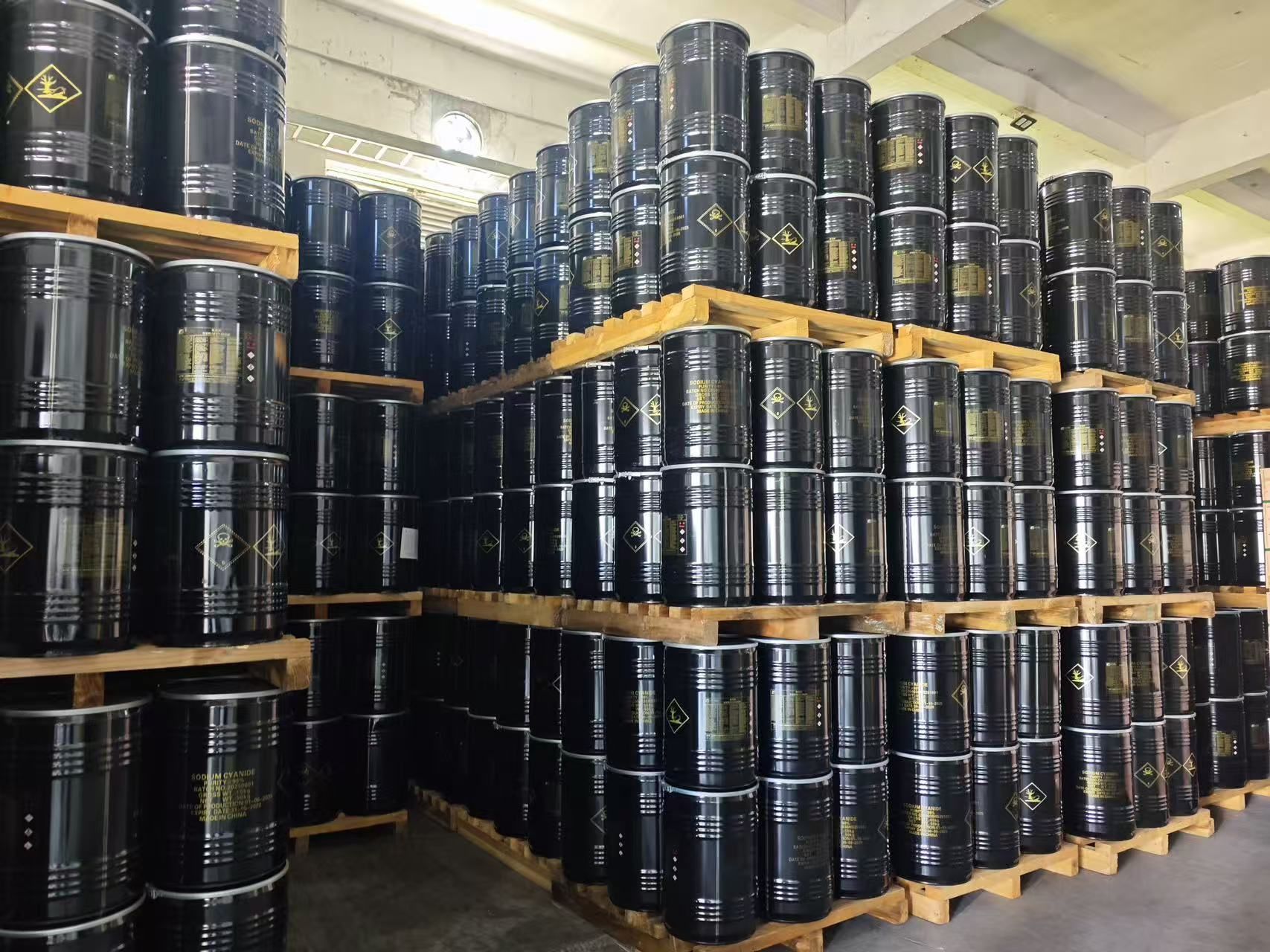
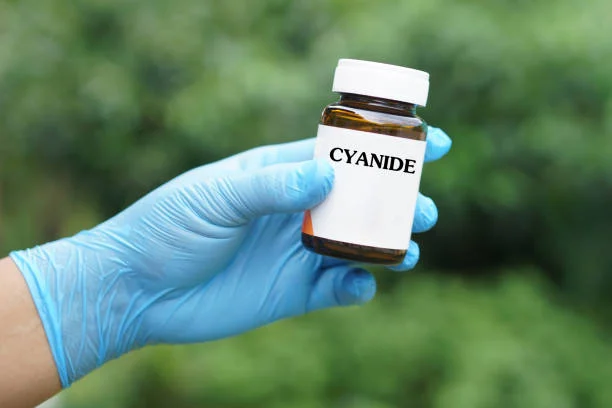

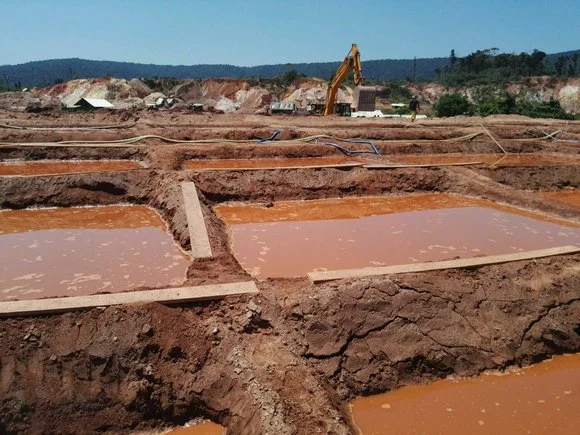
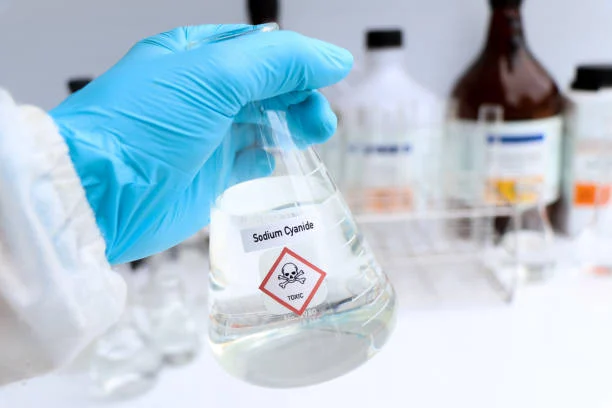
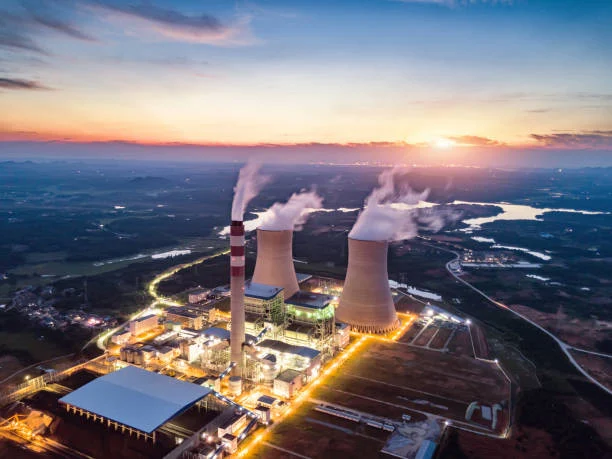

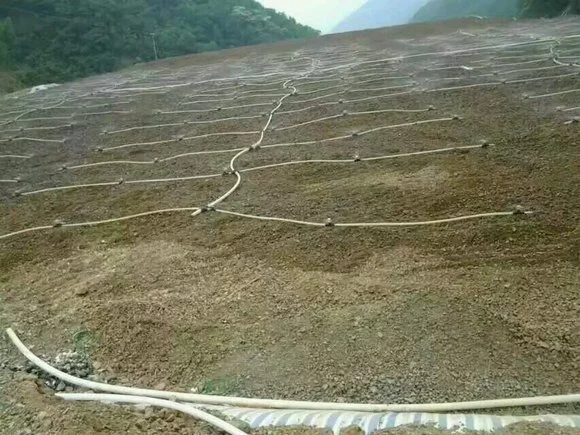


Online message consultation
Add comment: